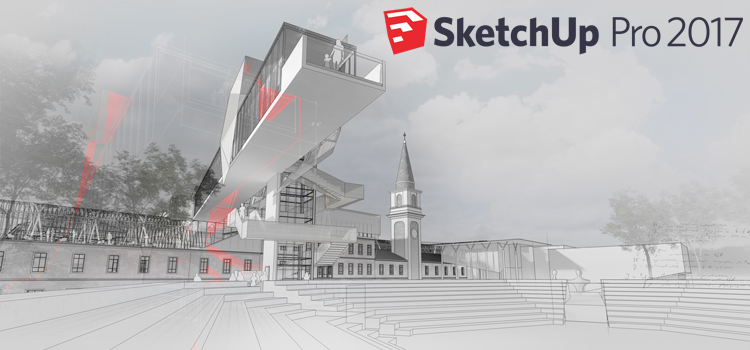

There should be three text fields along the left side of the window labeled Width, Height, and Resolution.ĥ. In the menu bar at the top of the screen, select Tools, then Adjust SizeĤ. Open the desired image file using the Preview application.Ģ. The user will use Google Sketchup Pro to create “Scenes” that will be equal to the orthographic views of a design (Front, Right Side, Left Side, Rear, etc.) How can I change the dimensions of a picture?ġ. Sketchup Layout is designed to take the solid model from Google Sketchup Pro and convert it into orthographic views, presentation views and other working drawings. Which tool is used to draw a regular straight line?Īnswer:Ruler is used to draw straight line.1 fév. 2016 How do I change dimensions in SketchUp? This window is only a display, you cannot click in it to enter information.6 sept. Right click on the bottom ‘Frame’ of the workspace and select Measurement Label and then Measurement Value and you should get the measurement window appear in the bottom right corner. How do you make an exact dimension in SketchUp?

14 How can I change the dimensions of a picture?.12 Which tool is used to draw a regular straight line?.10 How do I draw a line in Sketchup layout?.9 How do you find the length width and height?.7 How do you write length width and height?.6 How do I change dimensions in Sketchup online?.5 How do you set dimensions in Sketchup for free?.4 How do I draw a line in SketchUp with dimensions?.2 How do I change dimensions in SketchUp?.1 How do you make an exact dimension in SketchUp?.
#SKETCHUP PRO 2016 FILE SIZE SOFTWARE#
Manufacturing is then free to stage and measure the part however they wish, with the understanding that the completed part must meet the requirements stated on the design drawing/model.ĭo not relinquish your responsibility as designer to a piece of software that doesn’t know your design objectives. Different methods of dimensioning are not interchangeable, and double dimensioning, which creates conflicts and ambiguity, is nothing less than engineering malpractice.Ī design document should always give the set of dimensions that best reflects design intent. For instance, to dimension a radius, do you just give the location of the center and the size of the radius or three points on the surface of the arc? Do you use chain dimensioning or baseline dimensioning? Different methods of dimensioning the same feature result in different tolerance accumulations or measurement error accumulations. There are many more dimensions that can be placed on an object than are necessary to build the item, and any more than are necessary are considered “double dimensions,” which are prohibited. If on, then Sketchup should automatically draw and display dimensions for each object such as rectangles, cubes, circles, cylinders, etc. So my bottom line is skepticism: until someone shows me otherwise, I suspect it would take more effort to clean up automatically generated dimensions than it does for me to place them manually. As a result, 3D dimensions tend to be useful only after you have frozen a particular view, when you can choose their placement and orientation considering the rest of the view contents. Like other model contents, dimensions can be obscured by other objects in front of them, can be seen edge on so they effectively vanish, and so on. This situation is even more complicated in 3D than in 2D because the camera can orbit around the model interactively, even after everything is drawn. But until you modify the model they are ok once placed. There is some art required to place dimensions for best use by humans. In 2D, you have to deal with issues such as dimensions placing atop other dimensions or objects and clutter from too many redundant dimensions (when multiple parts are the same size). That is, their usefulness and intelligibility is influenced by where they are placed in a drawing. A few (admittedly negative) thoughts about automatic dimensioning:ĭimensions are subject to what I once heard called “secondary notation”.


 0 kommentar(er)
0 kommentar(er)
